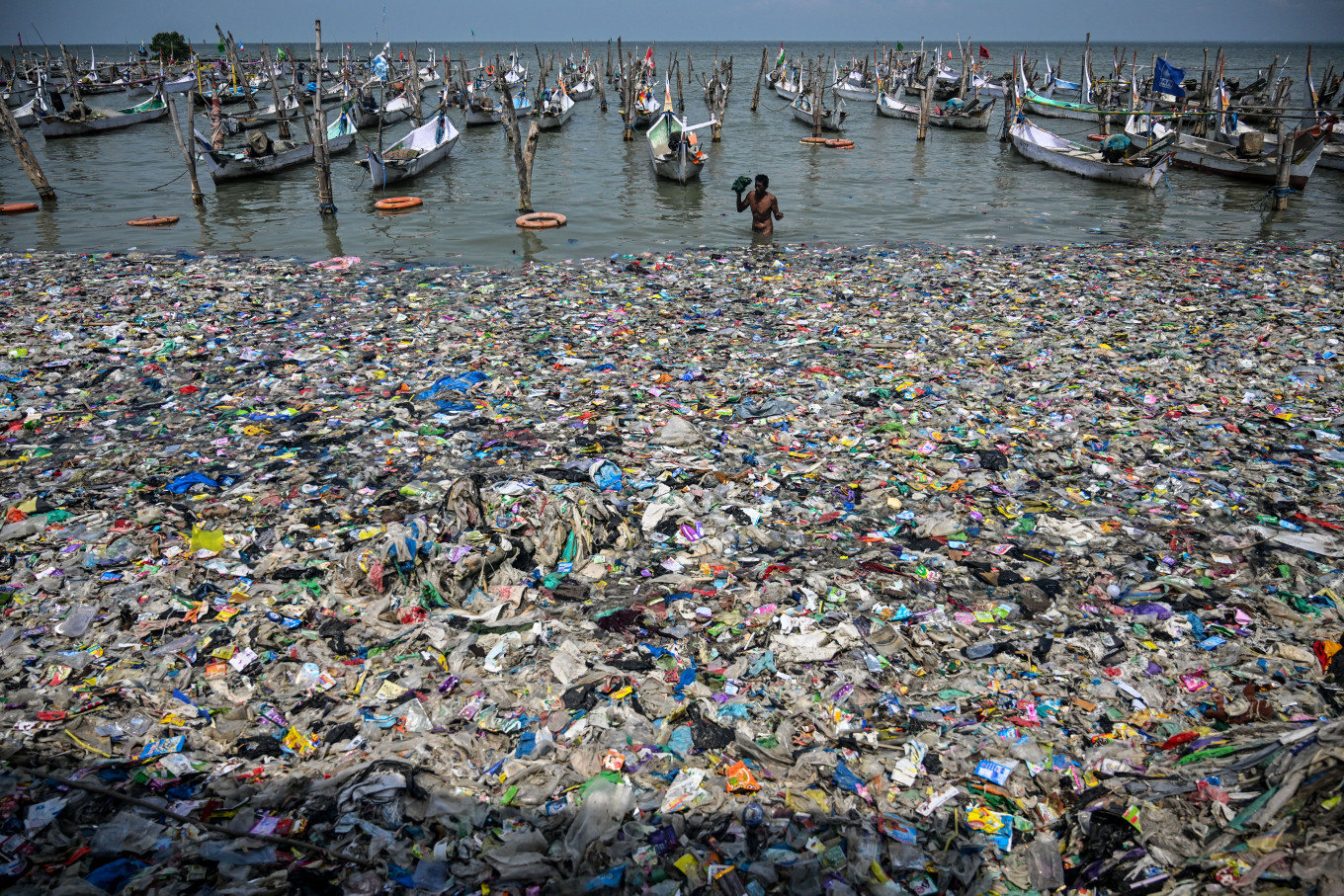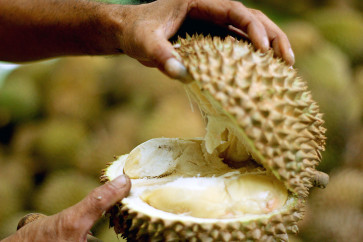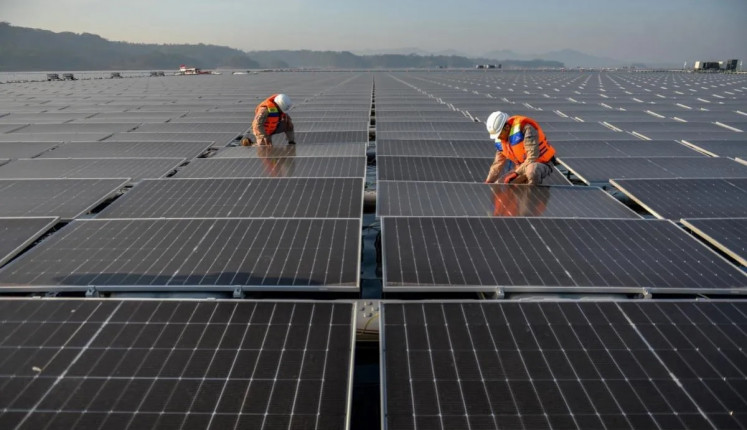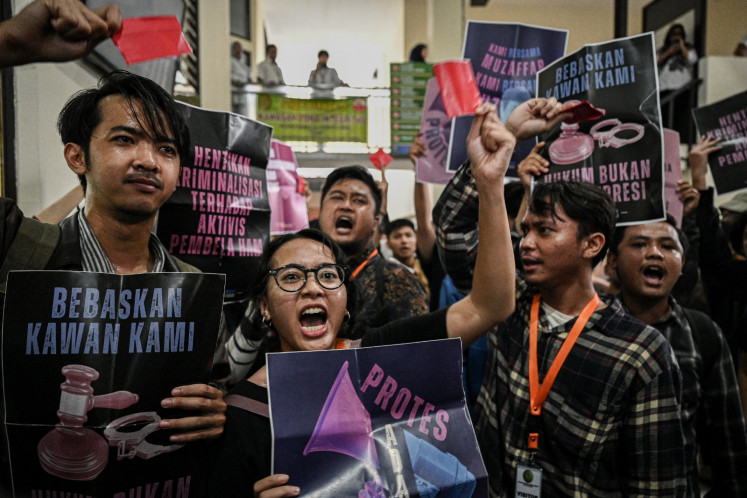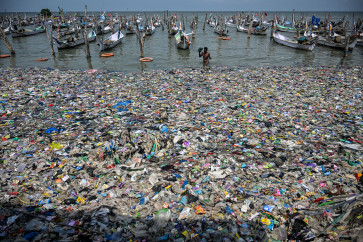Popular Reads
Top Results
Can't find what you're looking for?
View all search resultsPopular Reads
Top Results
Can't find what you're looking for?
View all search resultsMore ambition needed: Road to a global plastic treaty
States should complement production limitations with investment for research and development of plastic alternatives, which may create new jobs for those impacted by the limitation policy.
Change text size
Gift Premium Articles
to Anyone
F
rom Aug. 5 to 14, member states of the United Nations Environmental Program (UNEP) will continue the development of an international legally binding instrument on plastic pollution. There are high expectations that this session will be the last before the global plastic treaty is approved.
The magnitude of plastic pollution has been frequently discussed. Over 460 million tonnes of plastic are produced every year and approximately 20 million tonnes of plastic litter end up in the environment every year. An estimated 11 million tonnes of plastic are sitting on the ocean floor, some accumulating in the five major ocean garbage patches, such as the Great Pacific Garbage Patch and the North Pacific Garbage Patch.
According to J.J. Meijer, Indonesia ranks fifth among the world’s 20 biggest plastic polluters, producing 7.8 million tonnes of plastic annually. Indonesia also tops the global per capita microplastic dietary intake at 15 grams per month.
The latest draft of the plastic treaty, issued on Dec. 1, 2024, has been criticized for its weak, yet complicated language and insufficient ambition.
The draft, unveiled right after the 3rd Intergovernmental Negotiating Committee (INC-3), especially on single use plastic, contained strong options, one of which is “each party shall not allow the production, sale, distribution, import or export of plastic products, including short-lived and single-use plastic products […] after the dates specified for those products, and identified based on criteria […]”
In contrast, in the 2024 draft, the same issue is instead regulated as follows: “Each party shall, [in accordance with its national circumstances, capacities, [capabilities] and socio-economic considerations,] take [appropriate [technical,] legislative, administrative [or] [market-driven] [or other]] measures [in a non-discriminatory manner] to [prohibit [or reduce] the manufacture, export or import] and to [address], manage, [reduce, [or prohibit]]] as appropriate [with the view to maintain sustainable production], of [single use or short-lived] plastic products [that] [are proven by scientific evidence to] [meet] [any] [all] [one or more] [based on the criteria developed by the Review Committee] of the following criteria […]”, which is then followed by five criteria. It is frustrating enough to read, let alone to implement.
What is needed is a full life-cycle approach that addresses upstream-midstream-downstream measures equally. Relying only on one will bring us nowhere. Recycling plastic, for instance, cannot be done with all of its types. Those that can be recycled will eventually reach their limit at the tenth time. Each recycling process reduces the quality of the plastic (downcycle) and eventually it will just be thrown away. Thus, limiting plastic production is crucial.

